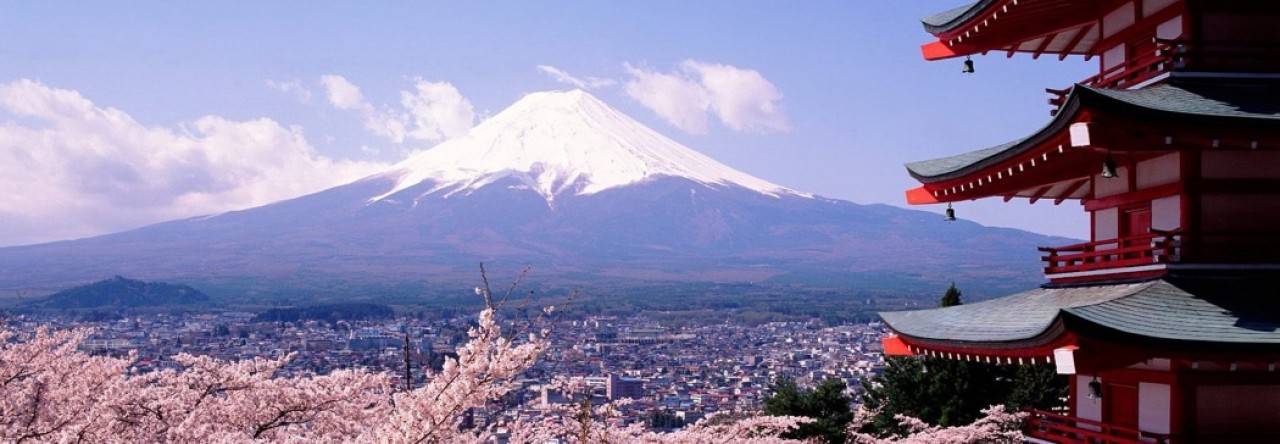
Many students experience foreign culture through the well-highlighted pages of a history book, studying aboard or an 8 a.m. anthropology lecture.
But in Skher Brown’s Brazilian martial arts class, students cartwheel, handstand and chant their way toward a better understanding of culture in an art form called Capoeira Angola.
“Capoeira Angola is an African-Brazilian martial art that was developed as a form of cultural resistance,” Skher Brown, an adjunct professor in the dance department, said. “I am known as Treinel Skher to my students. Treinel is a title in my martial art that basically means professor of capoeira.”
Junior Kristen McCoy said she wasn’t sure what she was getting into when she signed up for the class with a group of friends.
“I thought it was just an easy A dance class,” McCoy said. “Day one that was quickly corrected. The first day of class felt like an intense work out, but we were learning the basic moves of Capoeira.”
McCoy said her expectation of class changed once she understood the culture better.
“There was a brief discussion after class where our treinel told us more about the class and its significance,” she said. “I learned that it was way more than a dance, it was about music, martial arts, community, conversation, relationships and life lessons.”
The enslaved Africans of Brazil merged the art forms of dance, fight and music into a unique expression of the human spirit, according to Brown.
“When two practitioners perform the movements with one another, it is at times difficult to tell whether it is a dance, a fight or some sort of game,” he said.
Information technology major Madeline Tejera said her interest with the martial art started after she saw her treinel in two performances.
“I fell in love with the movement and how it’s martial arts that is so friendly, passive and it just looks like fun,” she said. “It isn’t about beating your opponent, but instead just playing a game.”
McCoy said that she appreciates the atmosphere of equality among her classmates.
“We are playing with one another through call and response, attack and escape,” she said. “The martial art does not run on a belt system. We are all equal, all capoeiristas, all studying the same thing and all growing together.”
Junior Lucas Oliveira said he has tried every martial art from Brazil, from jiu jitsu to basic self defense, but has never experienced anything quite like capoeira.
“Capoeira is like a conversation,” Oliveira said. “When we attend this class, we’re learning more then just a fighting style. We learn a language. Through it, we as young capoeiristas are able to interact and communicate in away that is unique to capoeira and something that I have not experienced in any other style that I’ve trained.”’
Brown said that the art form has roots in the transatlantic slave trade, when the Portuguese shipped Central Africans to Brazil.
“These enslaved Africans and their African-Brazilian descendents went on to synthesize the new martial art form of capoeira from the old traditional practices that they brought with them from Africa,” he said.
The art form went through a period of repression, according to Brown, but today it is practiced on almost every continent.
“This African-Brazilian martial art is unique in that it uses dance to camouflage aggression and disarm its opponent to gain the upper hand,” he said. “Capoeira Angola is very playful. Opponents do not spare, they ‘play’ capoeira.”
Brown said that capoeira is physically and musically demanding.
“It also contains cartwheels, handstands, flips and other acrobatic movements,” he said. “All practitioners learn to sing fight-chants and play spirited music on percussion instruments.”
This special topics course was offered to all majors during Spring 2012 and might return if there is continued interest, according to Brown.
“Dr. Lea Ramsdell in the foreign languages department was instrumental in getting the course in the curriculum,” he said.
Brown said he focuses on giving students the experience of learning a traditional art form through a non-western teaching method.
“I believe that capoeira changes lives for the better and I believe that the students of Towson will appreciate its value,” Brown said.

Leave a Reply